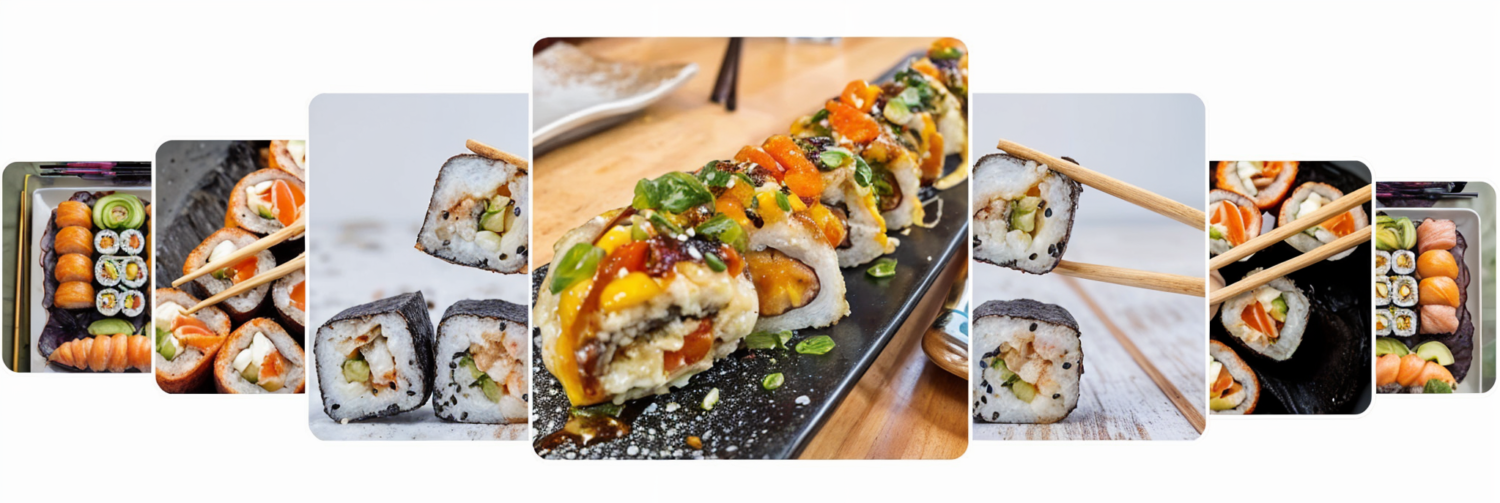When it comes to Japanese cuisine, two popular types of salmon roe often make their way to the table: Ikura and Sujiko. Both are beloved for their unique flavors and textures, but they differ significantly in how they’re prepared and enjoyed. Ikura refers to loose salmon roe, while Sujiko remains in its natural sac. If you’ve ever wondered what sets these two apart or which one might suit your taste, you’re in the right place. Let’s dive into the world of Ikura vs Sujiko and uncover their secrets.
Table of Contents
ToggleWhat is Ikura?
Ikura is loose salmon roe delicately removed from its sac and cured in a flavorful soy sauce marinade. Each shiny orange egg bursts with a rich, briny flavor, making it a favorite in sushi and rice bowls. Ikura’s preparation involves cleaning the eggs and marinating them in a mix of soy sauce, sake, and mirin, which enhances their flavor. The taste is savory and slightly sweet, with a signature pop when bitten. Not only is Ikura delicious, but it is also packed with omega-3 fatty acids, protein, and essential vitamins, making it a healthy and indulgent choice.
What is Sujiko?
Sujiko, on the other hand, is salmon roe that remains intact in its natural sac, offering a firm texture and a more concentrated flavor. The roe sac is cured in salt or soy sauce, allowing the flavor to penetrate deeply. Sujiko has a bolder and saltier taste compared to Ikura, and its cohesive texture makes it ideal for slicing and serving over rice. It’s less common than Ikura but cherished by those who enjoy its traditional and robust flavor.
Ikura vs Sujiko
Here’s where it gets exciting—how exactly do Ikura and Sujiko differ?
Texture and Appearance
- Ikura: Loose, shiny orange eggs that pop in your mouth.
- Sujiko: Firm, compact eggs in a natural casing with a darker hue.
Flavor
- Ikura: Mild, briny, and slightly sweet.
- Sujiko: Bold, salty, and more intense.
Usage in Cuisine
- Ikura is often used as a topping for sushi or rice bowls.
- Sujiko is sliced and served as a side dish or garnish.
Price and Availability
Ikura tends to be more widely available and slightly pricier due to its labor-intensive preparation. Sujiko, while less common, is cherished by those who enjoy its traditional flavor.
Quick Comparison: Ikura vs Sujiko
| Feature | Ikura | Sujiko |
|---|---|---|
| Texture | Loose, individual eggs | Firm, compact in a sac |
| Flavor | Mild, slightly sweet | Bold, salty |
| Preparation | Removed from the sac, marinated | Cured in the sac |
| Appearance | Bright orange, shiny | Darker orange, cohesive |
| Common Use | Toppings for sushi or rice bowls | Sliced and served as a garnish |
| Popularity | Widely available, more common | Less common, traditional delicacy |
| Price | Generally higher | Slightly more affordable |

